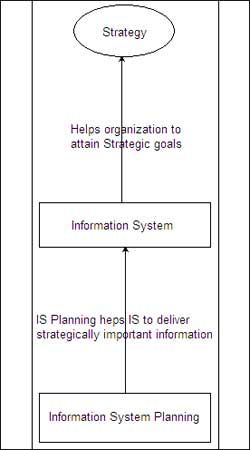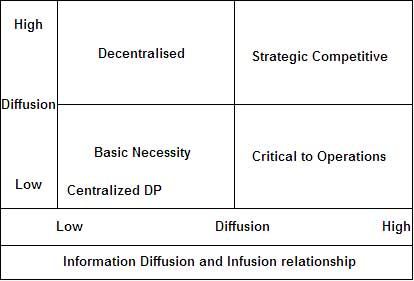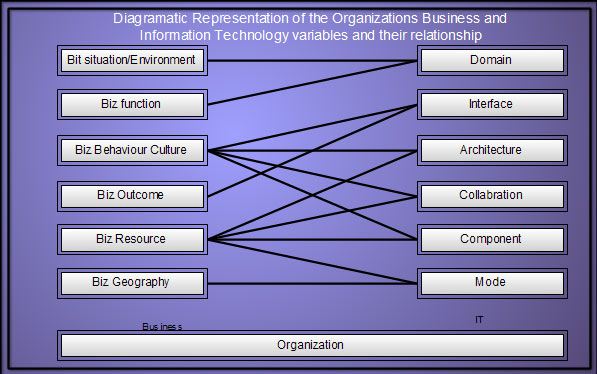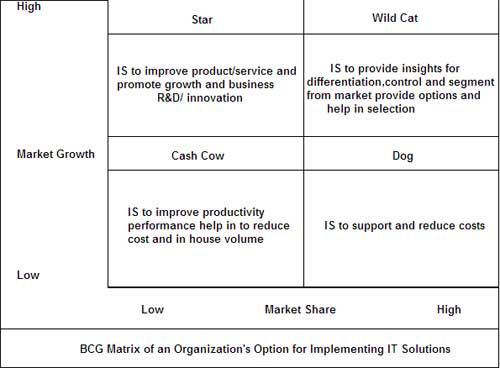Information systems when used for providing information to managers for their decision-making needs become a management information system. The goal of such information systems is to provide relevant information to management so that it helps in its functioning.
Since decision-making is the most important task performed by the management at different levels, information that helps managers to take decisions is the most important objective of any management information system. Other information that is relevant for managers in helping them in their planning, controlling, organizing and directing activity is the secondary objective of any MIS.
However, an information system is normally not dynamic enough to alter itself to a degree that it can handle changing requirements from users. Hence, information systems are planned to take care of every possible eventuality as far as type of information is concerned. Management may require diverse types and combination of information and this is factored in the planning process. The system is planned in a way that it can handle future new requirements of information from managers.
The business strategy of the company is very important in planning for information systems. The information systems plan is drawn up in a way that it supports the strategic objectives of the organization even in the near future. It is for this reason that the strategic role of information system has to be clearly defined in the planning processes itself.
We’ll be covering the following topics in this tutorial:
What is Information System Strategy?
The information required to support business strategy and the development of information systems relevant to providing such information needs to be planned and fitted with each other. This alignment of business strategy with IS results in information systems strategy. It is a continuous process that helps the IS support structure to continuously remain relevant for any organization’s strategic goals and objectives.
Information System Infusion and Diffusion
Information systems can have the effects of infusion of diffusion in an organization. If the diffusion and infusion is low, information systems will be used only in silos for data processing. If diffusion is high and infusion is low then we will have a decentralized information system. If infusion is high and diffusion low, we will have information systems that are critical to operations only. However, if both diffusion and infusion is high, our information system will give us strategic and competitive advantage.


How can IS be Used Strategically
In the absence of a cogent strategy for IS, it will deliver information that may be of little strategic value. Moreover, operationally the different technology platforms used, different systems that make up the entire information systems of an organization may not work in a synchronized manner unless all the systems and technology conform to a bigger strategic vision. Incompatibility will be the rule rather than the exception. Business goals and objectives will not be largely affected (positively or negatively) by such direction less IS. Opportunities will be missed. With a tactical focus IS cannot deliver strategic value to organizations. IS therefore must have a strategic focus. It must be closely aligned with business strategy and must be driven by business needs rather than technological possibilities. It should be integrated with the organizational strategy to deliver information that helps management to beat competition and thereby use IS as a tool for competitive advantage. IS in such a case has to deliver predictive insights into business issues.

Why we need a strategic Approach to Information Systems
If we analyze the history of information systems and how they have been put to use in organizations, then we get to see three eras (Ward 1990). In the initial or first era, information systems were primarily used as data processing tools and the focus was improving efficiency of repetitive work by automating such data processing and back office work. In the second era, management information systems were the rage. MIS focused on improving information flow within the organization so that the right person gets the right information. Essentially, MIS was used as a reporting aid and thus by definition, reactive in nature. The third era of information systems is dominated by strategic information systems which work as a game changer in a competitive environment providing the organization with the upper hand. The focus in these kinds of IS is IT applications for predictive insights into the competitive market conditions and other strategic goals of the organization. In the present date, this kind of IS finds acceptability and is used extensively in the corporate world. The table below clearly lays down the differentiating characteristics of the different eras of IS.
Strategy 1: Different Eras of Information Systems
Time | Eras | Characteristics |
Fifties and sixties | Data processing | • Cost minimization • Repetitive work • Operational work/data • Back office work • Removed from actual users • In silos • On standalone system(T) |
Seventies and eighties | Management information system | • Interconnected information flows • Close to users • Distributed processing • Focus on providing right information to the right person at the right time • Focus on providing information that helps in decision-making • User need driven • Supports the business processes • Management oriented |
Eighties and nineties | Strategic information system | • Networked • Integrated • Predictive insights • Business driven • Aligned to business strategy |
Unless information systems fit into the broad strategy of the firm, it is likely to generate suboptimal results for the firm. The true potential of information systems can only be realized if the organization adopts a strategic approach towards the information system resource. IS in this regard should be considered as an asset that can provide insights that help in improving the business of the firm in any manner rather than as an expense (to get information about one’s own organization). Actually, IS should fit into the strategy of the firm and help in achieving the strategic objectives.
Information system needs a strategic orientation as without such orientation the will lose focus. More focus is given to technology whereas business needs are its primary focus. The strategic orientation of information systems helps it to have definable goals and objectives itself.
Information systems can be used strategically to:
- Improve integration or process within the organization. This helps in improving overall efficiency and performance.
- Link the organization with customers and suppliers. This ensures that the reaction time for the organization is low and that effectiveness of the firm improves.
- To provide top executives with critical information about the organization. This helps in better management as information flow improves and leads to better decision-making.
- To enable improvement in products and services. This helps in the competitiveness of the firm.
Use of Information Systems by Different Category of Companies
Information systems are used by different companies in different ways. One of the ways to find the use of information system in organizations is to use the BCG matrix. The use and adoption of information systems depends upon where they lie in the BCG matrix. Star companies use IS to improve products and services and for innovation, while, Dog companies use it for support and cost reduction only. Cash Cow companies use it to improve productivity and Wild cats use it for insights and differentiation.

 Dinesh Thakur holds an B.C.A, MCDBA, MCSD certifications. Dinesh authors the hugely popular
Dinesh Thakur holds an B.C.A, MCDBA, MCSD certifications. Dinesh authors the hugely popular